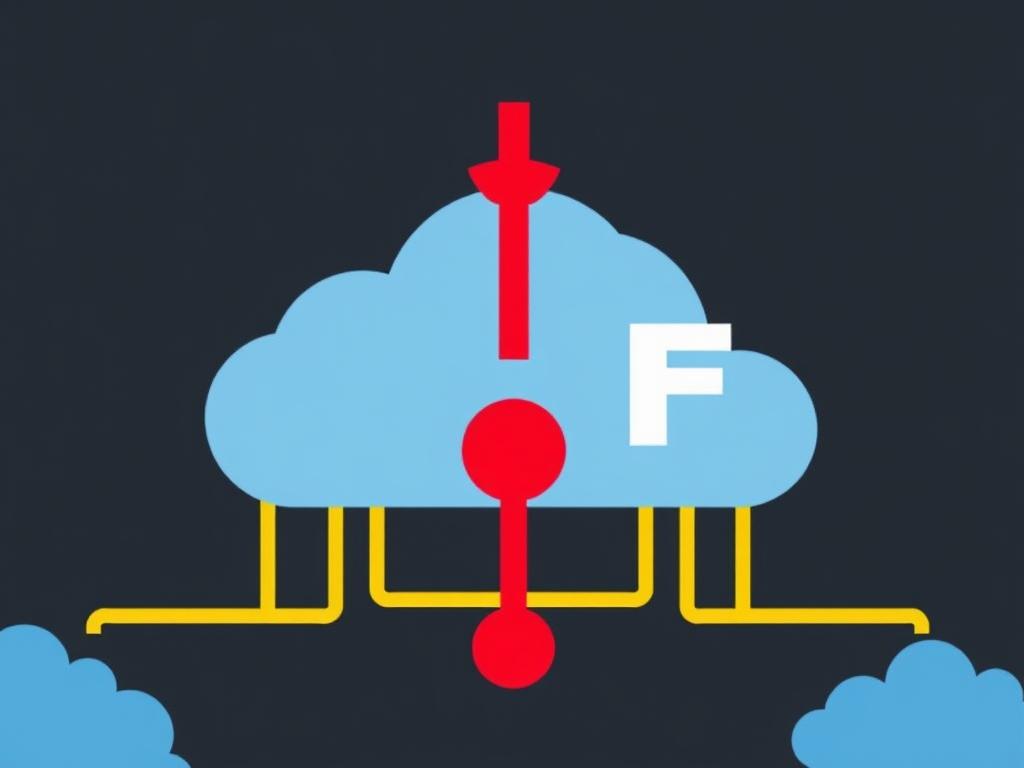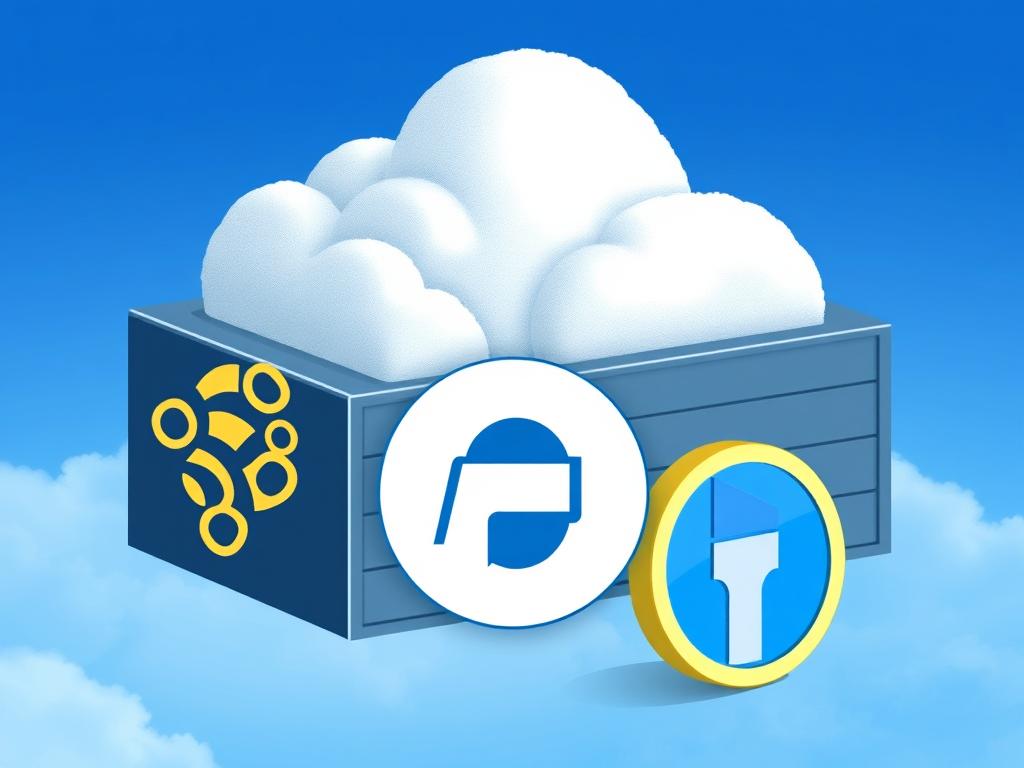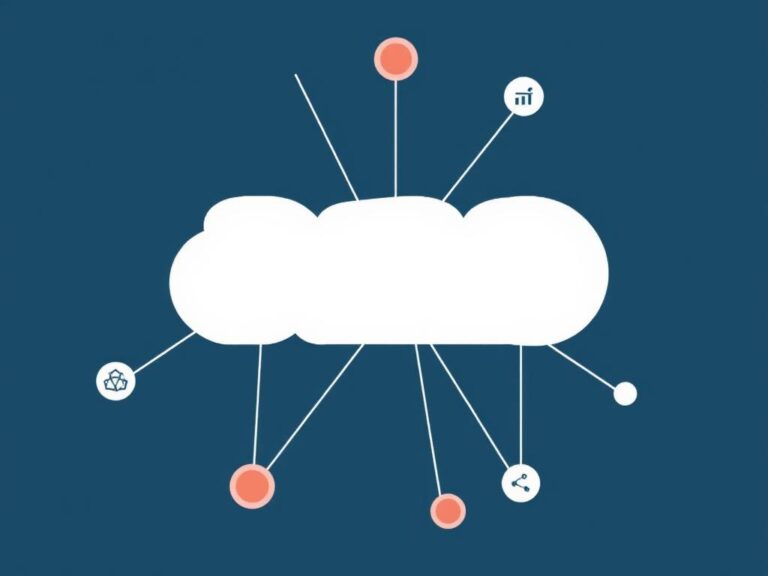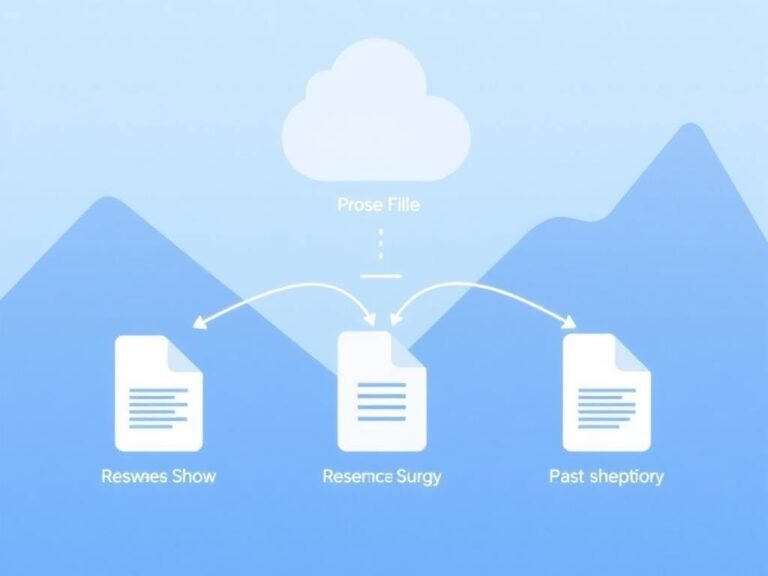Decentralized Cloud Storage: Understanding Storj, Sia, and Filecoin
In today’s digital age, the way we store and manage data is evolving rapidly. Traditional cloud storage platforms like Google Drive, Dropbox, and Amazon Web Services have dominated for years, but concerns about privacy, cost, and centralization are pushing many users to explore alternatives. Enter decentralized cloud storage—an innovative approach that leverages blockchain technology and peer-to-peer networks to provide secure, cost-effective, and resilient data storage solutions. Among the prominent players shaking up the industry are Storj, Sia, and Filecoin. In this article, we’ll dive deep into these three platforms to understand how they work, what benefits they offer, and why decentralized cloud storage might be the future for individuals and businesses alike.
What is Decentralized Cloud Storage?
Before comparing Storj, Sia, and Filecoin, it’s essential to grasp what decentralized cloud storage means. Unlike traditional cloud providers that rely on centralized data centers owned and controlled by a single company, decentralized storage breaks up your data and spreads it across a global network of independent nodes—computers run by individuals or organizations worldwide. This model offers several advantages:
- Security and Privacy: Data is encrypted and distributed, reducing the risk of hacking or unauthorized access.
- Cost Efficiency: Because storage providers use spare capacity across a network, costs can be lower than centralized offerings.
- Reliability: No single point of failure means data is less vulnerable to outages or data loss.
The blockchain integrates with these systems to manage transactions, verify storage proofs, and incentivize network participants, fostering transparency and trust.
Storj: The User-Friendly Decentralized Cloud Storage
Storj is one of the leading decentralized cloud storage platforms designed to be accessible and simple. At its core, Storj encrypts, shards, and distributes files across thousands of nodes around the globe. The original file is broken into many small shards, and each shard is encrypted before being uploaded to different storage nodes. Even if some nodes go offline, Storj employs redundancy to keep your data intact.
Key Features of Storj
- End-to-End Encryption: Ensures data privacy, as only the user holds the decryption key.
- Open Source: Allows developers and security experts to audit and contribute to the codebase.
- Simple Integration: Storage API and SDKs for developers to build on top of the network easily.
- Competitive Pricing: Storj often costs less than traditional cloud storage providers due to its decentralized model.
- Redundancy and Reliability: Files are split and stored redundantly for robustness.
Storj’s model is especially attractive for users who want a reliable, secure alternative to centralized storage without a steep learning curve.
Sia: A Decentralized and Affordable Storage Network
Sia is another major player in decentralized cloud storage, often praised for its affordability. Like Storj, Sia encrypts and splits your files, distributing them across its network. What sets Sia apart is its focus on creating a marketplace where storage providers and renters negotiate contracts directly, powered by its native cryptocurrency, Siacoin.
How Sia Works
The Sia network allows users to rent storage space directly from hosts, who must lock up collateral in smart contracts. This collateral incentivizes hosts to safely store clients’ files. Contracts are renewed regularly, and the blockchain verifies that hosts continuously store the data through proof-of-storage mechanisms.
Advantages of Sia
- Lower Costs: Sia offers storage rates much lower than centralized providers due to direct peer-to-peer agreements.
- Transparency: All agreements and storage proofs are traceable on the blockchain.
- Highly Redundant: Files are split into pieces with customizable redundancy levels.
- Decentralization: No central authority controls data, increasing security and resilience.
However, Sia’s interface and ecosystem might require a bit more technical knowledge than Storj, making it especially appealing to tech-savvy users and developers.
Filecoin: Decentralized Storage Powered by Blockchain
Filecoin is arguably the most ambitious decentralized cloud storage project, developed by Protocol Labs and built on top of the InterPlanetary File System (IPFS). Rather than focusing just on file storage, Filecoin’s aim is to create a broad decentralized data storage economy where users pay miners to store their data, and miners compete to offer the best services.
How Filecoin Operates

Filecoin uses a blockchain protocol for clients and storage miners. Miners earn Filecoin tokens by storing data redundantly over time and providing storage proofs called “Proofs of Replication” and “Proofs of Spacetime.” Clients post storage deals to the network, negotiate prices, and submit payments in Filecoin’s cryptocurrency.
Highlights of Filecoin
- Robust Incentive Model: Mining rewards encourage secure, long-term storage.
- Large Ecosystem: Supported by many developers and integrated with IPFS for content addressing.
- Scalability: Designed to handle a large number of storage transactions efficiently.
- Decentralization and Security: The protocol encourages competition and ensures verifiable storage.
Filecoin is often considered enterprise-ready but still benefits early adopters comfortable with blockchain technology and cryptocurrency management.
Comparing Storj, Sia, and Filecoin
To better understand how these platforms stack up against each other, here is a comparison table summarizing their core strengths and differences:
| Feature | Storj | Sia | Filecoin |
|---|---|---|---|
| Encryption | End-to-end encryption | Client-side encryption | Client-side encryption |
| Pricing Model | Subscription / Pay-as-you-go | Peer-to-peer contracts, low cost | Market-based pricing via blockchain |
| User-Friendliness | High – easy APIs and tools | Medium – more technical setup | Medium to high – blockchain knowledge helpful |
| Token/Cryptocurrency | STORJ token (for payments and incentives) | Siacoin (used for contracts) | FIL token (payments and miner incentives) |
| Redundancy | Automatic multi-node redundancy | Customizable redundancy | High redundancy, proof-verified |
| Target Audience | Developers and end-users seeking easy, secure storage | Cost-conscious users and tech-savvy individuals | Enterprises and blockchain enthusiasts |
Real-World Use Cases of Decentralized Cloud Storage
Decentralized cloud storage is more than just a tech novelty—it’s already finding real use in several important areas:
- Backup and Archival: Users and companies backup sensitive data securely without relying on a single provider.
- Content Delivery: Distributed networks speed up content delivery and reduce censorship risks.
- Healthcare Records: Secure patient information can be stored and shared safely across institutions.
- Media and Creativity: Artists and creators manage intellectual property safely with guaranteed access.
- Blockchain Data Storage: Projects that require decentralized data storage integrate Filecoin or IPFS to improve resilience.
These examples represent just a glimpse of how decentralized cloud storage platforms like Storj, Sia, and Filecoin are transforming digital data management.
Challenges and Considerations
Despite the exciting potential, decentralized storage does face challenges. These include:
- Adoption Barriers: A learning curve exists for users unfamiliar with cryptocurrency wallets and decentralized systems.
- Performance Variability: Because nodes are distributed globally, retrieval speeds can sometimes vary compared to centralized data centers.
- Regulation and Compliance: Handling sensitive data in compliance with laws can be complex when your data is stored across borders.
- Ecosystem Maturity: Compared to centralized providers, decentralized platforms are still growing, with evolving support and tools.
Nevertheless, continuous advancements and increasing awareness are steadily addressing these issues.
Conclusion
Decentralized cloud storage is revolutionizing how we think about storing data, offering promising alternatives to traditional centralized solutions. Storj, Sia, and Filecoin each bring unique approaches and strengths to this new paradigm, balancing security, cost, and usability in different ways. Whether you’re a developer looking for simple integration, a cost-conscious user seeking affordable backups, or an enterprise exploring scalable blockchain-based storage, decentralized platforms offer exciting options. While challenges remain, the technology’s potential for greater control, privacy, and resilience is driving adoption forward. In a world where data is more valuable than ever, decentralized cloud storage could well be the future you want to be part of.






